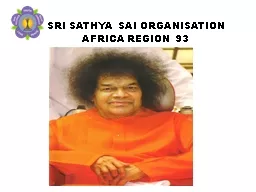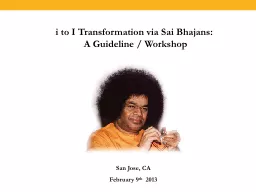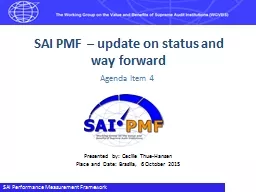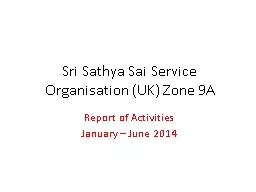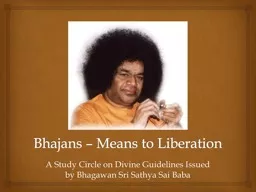PPT-i to I Transformation via Sai Bhajans:
Author : pamella-moone | Published Date : 2017-05-01
A Guideline Workshop San Jose CA February 9 th 2013 Bhajans A form of Service The divine vibrations that result from bhajans you sing are spreading to all parts
Presentation Embed Code
Download Presentation
Download Presentation The PPT/PDF document "i to I Transformation via Sai Bhajans:" is the property of its rightful owner. Permission is granted to download and print the materials on this website for personal, non-commercial use only, and to display it on your personal computer provided you do not modify the materials and that you retain all copyright notices contained in the materials. By downloading content from our website, you accept the terms of this agreement.
i to I Transformation via Sai Bhajans:: Transcript
Download Rules Of Document
"i to I Transformation via Sai Bhajans:"The content belongs to its owner. You may download and print it for personal use, without modification, and keep all copyright notices. By downloading, you agree to these terms.
Related Documents




